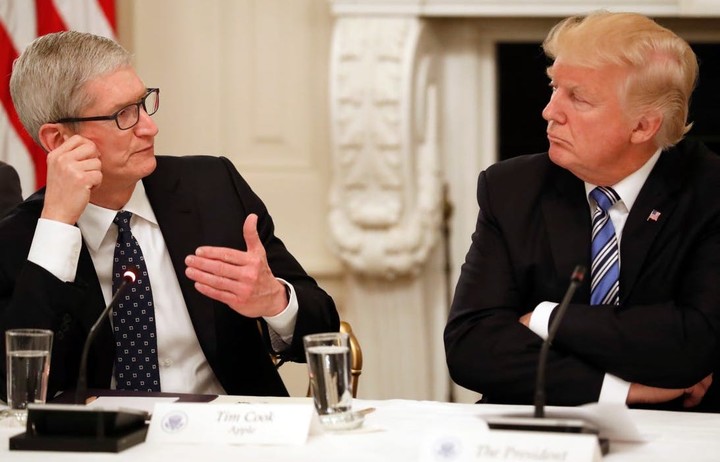Believe it or not, Apple says it anyway.
As Apple’s market capitalization has surpassed 1.2 trillion US dollars in an unprecedented way, the US government’s suspicions are getting heavier, because it can generally reach such a height, not a monopoly or a lie.
But, because Apple doesn’t have an overwhelming market share in any industry it’s in, so even if the US government wants to sue, there is no evidence. Of course, the US government did not give up, but sent a letter to Apple asking him to dispel some of the problems in order to find some clues.

Although the rhetoric is constant, there are still some interesting questions. For example, when asked about how much profit Apple gets from the maintenance business every year since 2009, after the iPhone became popular around the world, Apple said: p>
Since 2009, the cost of providing repair services per year has exceeded the revenue generated by maintenance.
This also means that Apple’s maintenance business is not because of iPhone is hot and profitable, but it has been losing money for 10 years. But for the major consumers, Apple’s rhetoric is hard to accept. Because of its maintenance items, it is more expensive than one.

For example, the screen repair price of the iPhone 11 Pro MAX is up to 2559 RMB (US$329); the 2-year all-inclusive insurance Apple Care+ also reaches RMB 1399~1799, during actual maintenance. For the screen change, an additional fee of 188 yuan is required. It is considered to be the most expensive official mobile phone in all mobile phone brands.
Reversely, third-party maintenance is not only cheaper than Apple’s official, but also a lot of profitable companies; plus Apple’s increasingly strict parts control in recent years, such as unofficial batteries and screens will prompt anomalies In order to guide consumers to choose official maintenance.
So, how is Apple losing money? Apple did not make it clear, but it is likely to be related to Apple’s “replacement repair” maintenance policy.
In countries other than mainland China, Apple devices that have failed within the warranty period can be directly replaced with a new device with the same configuration without spending a penny. And Apple executives believe that the global rate of fraud is about 10%, which is believed to be the chief culprit in causing losses.
Why can’t China just do this? In fact, before 2016, mainland China enjoyed the same policy. But the trigger that triggered the cancellation time is to talk about the 2013 315 party.
There is a one-year warranty for the new machine that consumers complain about Apple’s trade-in. The warranty is not reset to the one-year warranty period specified in the “Three Guarantees Policy”. After the 315 report, Apple upgrades.In China’s “replacement and repair” policy, the new machine has the same warranty as the retail machine, which is the same year.
But it is such a very conscience policy, maliciously exploited by some unscrupulous merchants or even unscrupulous consumers, deliberately creating faulty equipment, and trying to eliminate human traces, or after acquiring a faulty machine at a low price, look for new apples. Machine, then sell it.

According to The Infromation Report, in 2013, Apple’s The repair business had a loss of US$1.1 billion. After an in-depth investigation, it was found that more than 60% of iPhone repair requests in China were fraudulent.
After the struggle of the next two years, it is really a fight against this group of criminals. Apple had to cancel this policy, but because it does not reset the warranty period, it will not comply with the law, so it can only be used to replace the entire policy. All cut, but the fraud rate is still around 20%.
As the most profitable company in the world, it is a long way to go before the maintenance business can be profited without downgrading.